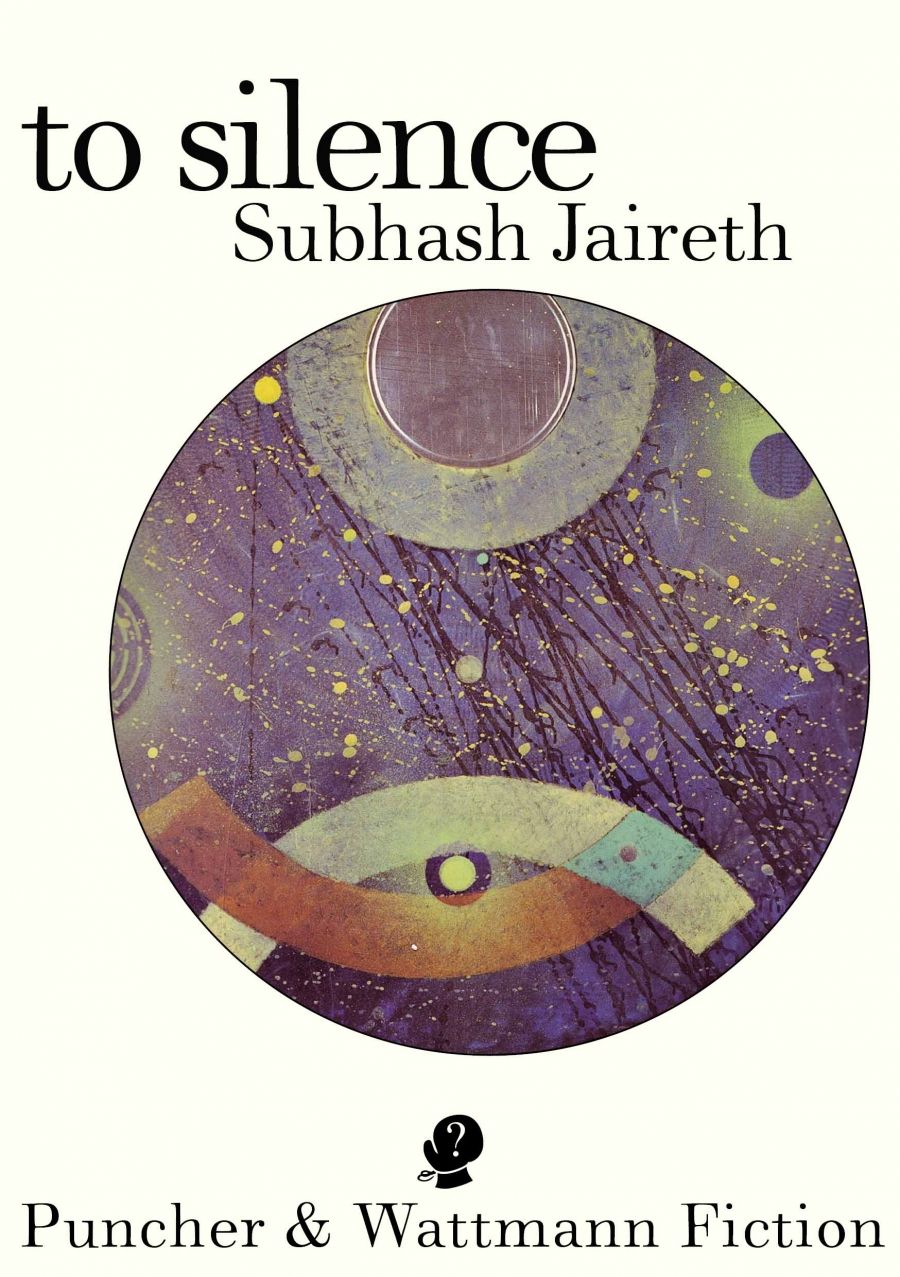
- Free Article: No
- Contents Category: Fiction
- Custom Article Title: Claudia Hyles reviews 'To Silence' by Subhash Jaireth
- Review Article: Yes
- Online Only: No
- Custom Highlight Text:
The voices of Subhash Jaireth’s three fictional autobiographies within To Silence are those of historical figures. Kabir (1440–1518) was a mystic poet associated with the reformist Bhakti or Devotional Movement in medieval India. An illiterate weaver, he rejected idolatry and caste, and his principally Hindu philosophy showed significant Islamic influence. Maria Chekhova (1863–1957), the clever and well-educated sister of Anton Chekhov, selflessly devoted more than half her long life to running the Chekhov House–Museum at Yalta. The third voice is that of Tommaso Campanella (1568–1639), an Italian philosopher, theologian, astrologer, and poet whose brave, unorthodox views earned him almost thirty years in prison.
- Book 1 Title: To Silence
- Book 1 Biblio: Puncher & Wattmann, $24 pb, 111 pp, 9781921450426
Highly plausible fictional characters help create intricate and tantalising stories around the three ageing figures, all of whom have lived through terrible times. As they near their lives’ ends, each of them worries about the elusiveness of memory; Kabir’s is ‘an unruly monkey’, Campanello’s plays ‘hide and seek’, Chekhova’s is ‘going mushy’. Kabir has left the holy city of Kashi; he desires silence in his final few months, without the reiteration of the words of his hymns. He hears within him the rhythm of the cotton carder’s bow and is not distracted by the ‘superfluity of the visual world’. The epigraph of Maria Chekhova’s narrative is a clue as to how silence, her brother’s and her own, has shaped her life. Her story begins with death – not with regret, as the death is that of Joseph Stalin. Campanella’s tale commences with words from the Ash Wednesday liturgy at the imposition of the ashes, ‘Remember that thou art dust and unto dust thou shalt return’; the death that most believe brings silence. Within punctuating silences and solitudes, the joy and grief, laughter and pain, beauty and ugliness of the three lives is relived, in a finely crafted book that reads like poetry.


Comments powered by CComment